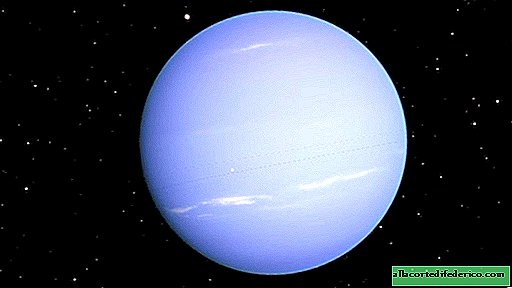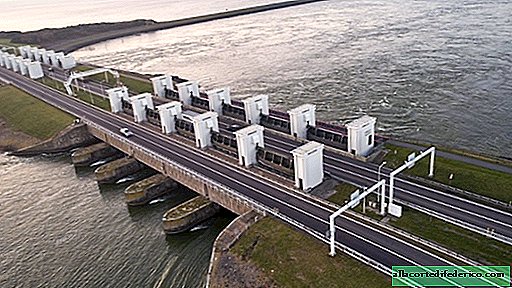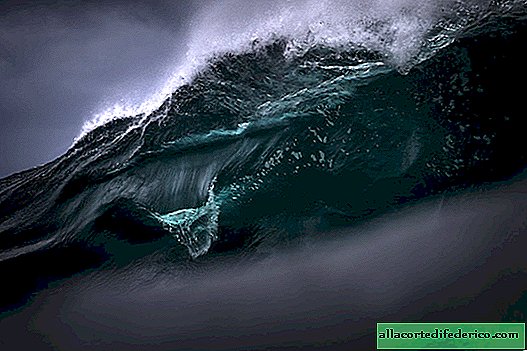Where are the diamond rains
Imagine a rain of diamonds. Sounds fabulous, right? Like an episode from a Disney movie. True, in reality, diamond stones would hit hard on the head, and the places where such rains occur are quite far from Earth. For example, Neptune or Uranus. And if you learn about the conditions in which diamonds begin to fall from the sky, then for a vacation, choose a place closer and calmer.
From theory to practice
When exposed to high pressure (and temperatures) on other planets, even familiar substances can behave very unusual for us. For example, in the so-called "ice giants" like Neptune and Uranus, the real diamond rains constantly occur. Scientists have long theoretically calculated this possibility, assuming that these planets are surrounded by a dense atmosphere and contain relatively small hot cores coated with a mantle of hot water under pressure, ammonia and methane ice. And recently, they were able to simulate these conditions in the laboratory.

The fact is that, despite the name "ice giants", these planets are actually very hot. Of course, in the upper atmosphere, the temperature is very low due to the remoteness of the Sun, but the closer to the core, the hotter the pressure becomes. It is precisely such changes in temperature and pressure that lead to the release of hydrogen and carbon, which form diamond rains about 8,000 km below the outer surface of the atmosphere.
Sky in diamonds
To simulate the conditions of the “ice giants” in the laboratory, scientists had to achieve very high temperatures and huge pressures. To do this, they used a laser and plastic made of hydrogen and carbon, which was the "understudy" of methane compounds in Neptune and Uranus. As a result of the experiment, which, due to the complexity of the model, lasted a split second, it was really possible to get tiny gems.

But on "ice giants" under more stable conditions, much larger stones fall from the sky, forming entire powerful "diamond showers". Millions of carats of diamonds slowly sink through the mantle to the core, forming a thick diamond layer closer to the center of the planet. That is, the planets themselves turn out to be a huge frame for precious stones.
The atmospheric layers of the "ice giants" are so thick that even the best research probes can not yet accurately show what is happening on these mysterious planets. One thing is for sure: if you want a "sky in diamonds", wait until regular flights start to Neptune and Uranus.

















